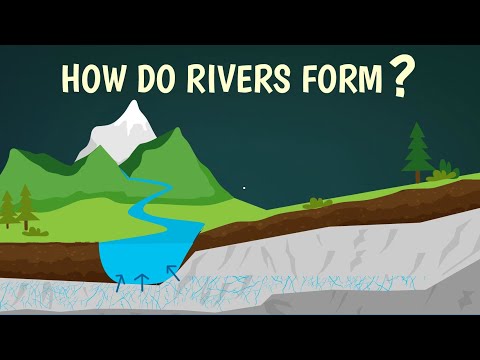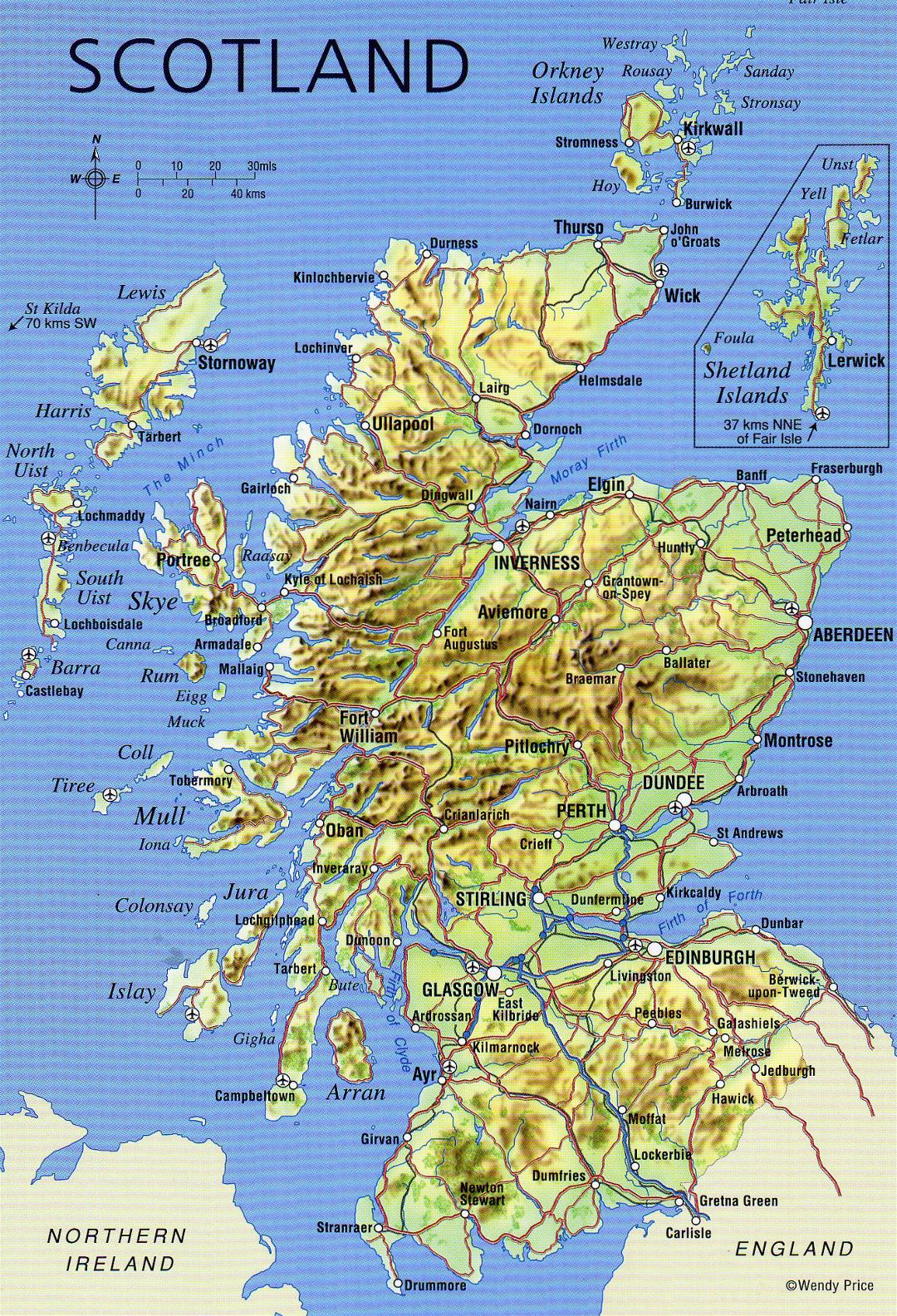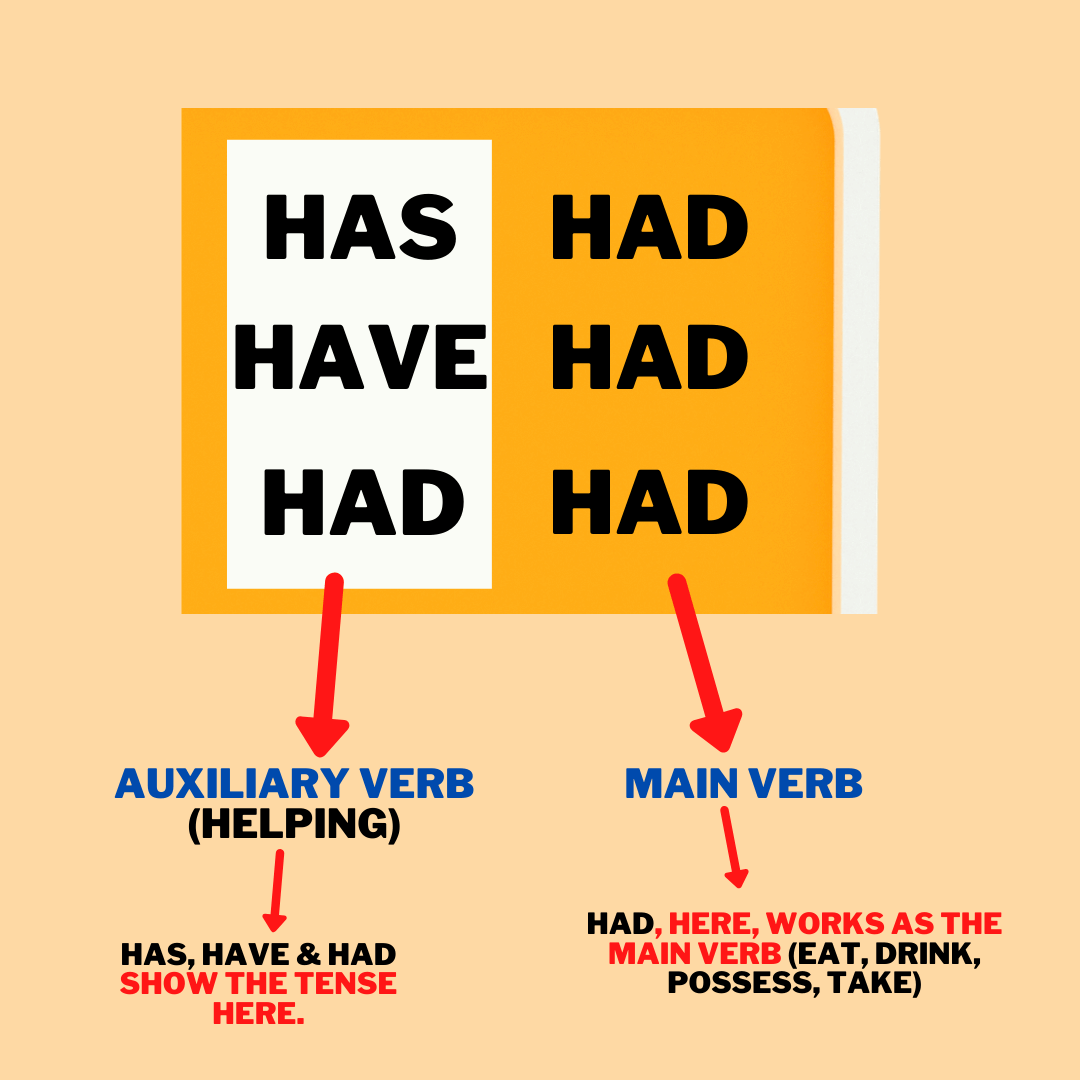How Rivers Grow Larger: The Science of River Expansion Across Land
Introduction to River Expansion
Rivers are vital, dynamic systems that shape landscapes, support biodiversity, and provide resources for human societies. One of the most fascinating aspects of rivers is how they become larger as they traverse land. This expansion is not random but results from a combination of natural processes and human interventions. Understanding these mechanisms is crucial for effective river management, flood planning, and environmental conservation.
The Natural Mechanics: Erosion and Sediment Transport
The most fundamental process driving river enlargement is erosion . As rivers flow, they erode the land through which they pass, carving channels and valleys. This erosion occurs primarily along the river’s banks and bed, gradually increasing the channel’s width and depth. Over time, rivers modify the surrounding landscape, rendering gradients more gradual and fostering the development of broader valleys. For example, the Colorado River’s erosive action led to the formation of the Grand Canyon, showcasing how powerful river processes can reshape entire regions [3] .
As rivers erode their banks, they often deposit sediment elsewhere, creating natural levees and floodplains. This sediment transport is a balancing act: too much erosion can cause rivers to widen, while excessive deposition can slow river growth and even change its course. Recent research confirms that rivers will develop multiple channels if they erode banks faster than they deposit sediment on the opposite bank, leading to braided and wandering river forms [4] .
Tributaries: Feeding the Main Channel
As rivers journey across land, they are joined by tributaries -smaller streams and rivers that flow into the main channel. Each tributary contributes additional water, sediment, and sometimes nutrients to the river system. This influx causes the river to increase in size and volume. The joining of tributaries is one of the primary reasons why rivers in their lower course are much larger than their upstream sections. In practical terms, the confluence of tributaries is a major driver of river expansion and must be considered in any river management or flood mitigation strategy.
Channel Migration and Meandering
Rivers rarely follow straight paths. Instead, they often meander -forming bends and loops that migrate over time. This lateral movement is essential for river growth, as it allows rivers to erode new areas and deposit sediments in others. The process of channel migration creates wider valleys and more complex habitats, supporting greater biodiversity. In many cases, meandering is accompanied by the development of multiple channels, especially in rivers with high sediment loads and active bank erosion [1] .
Channel migration can be natural or influenced by human actions. For example, engineers may actively widen river channels or encourage braiding to restore a more natural river planform, increase habitat diversity, and improve flood resilience [1] .
Human Interventions: Channelization and Widening
While natural processes dominate river expansion, human intervention can dramatically alter river size and flow. One common technique is channelization -widening or deepening sections of a river to increase its capacity for water flow. Channelization is often used for flood mitigation, erosion control, and rehabilitation of watercourses. By dredging riverbeds and removing debris, engineers can facilitate larger flows and reduce the risk of flooding in vulnerable areas [2] .
However, channelization has potential drawbacks. Altering one section of a river can cause downstream impacts, such as increased erosion, reduced habitat diversity, and changes in sediment transport. Therefore, it is crucial to assess the entire watershed and consider long-term ecological consequences before undertaking river widening or channelization projects. Guidelines for dimensioning widened rivers are available, but should be applied with caution and in consultation with hydrological experts [1] .
River Classification: From Youth to Maturity
Rivers evolve through distinct stages- youthful , mature , and old age . Youthful rivers are characterized by steep gradients, narrow channels, and rapid downcutting. As rivers mature, they develop broader valleys, meanders, and more gradual slopes. Old-age rivers often feature wide floodplains and slower flows. This progression explains why rivers tend to be larger and more complex in their lower reaches compared to their sources [3] .
Practical Steps for Understanding and Managing River Expansion
If you are interested in river management, flood mitigation, or habitat restoration, consider the following steps to better understand and influence river growth:
- Study historical data on river discharge, sediment load, and channel dimensions. This can help predict future changes and guide interventions.
- Consult local hydrological agencies or environmental departments for guidelines and regulations related to river engineering.
- Engage with river restoration projects to observe best practices in widening, braiding, and channel migration. Many successful examples exist, particularly in Alpine and lower-mountain regions [1] .
- Participate in community initiatives focused on river conservation and flood preparedness. These programs offer training, resources, and support for effective river management.
- When considering engineering solutions like channelization, ensure comprehensive watershed assessments are conducted to avoid unintended downstream impacts [2] .
Challenges and Alternative Approaches
Managing river enlargement is complex and requires balancing ecological, social, and economic considerations. Potential challenges include:

Source: magiadedonetzka.blogspot.com
- Unintended ecological impacts, such as loss of habitat or increased downstream erosion.
- High costs and maintenance requirements for engineered solutions like channelization and dredging.
- Changing climate patterns that affect river discharge and sediment transport.
Alternative approaches include promoting self-dynamic river development, supporting natural channel migration, and implementing measures to restore floodplains and riparian zones. These methods are often more sustainable and provide long-term benefits for both people and wildlife [1] .

Source: ssissimon.blogspot.com
Key Takeaways
Rivers become larger as they travel across land due to a combination of natural processes-erosion, sediment transport, tributary inputs, and channel migration-and human interventions like channelization. Effective management requires a holistic understanding of these mechanisms, careful planning, and adaptive strategies to ensure ecological health and flood resilience.
References
- [1] Widen water courses (2015). River bed depth and width variation improvement.
- [2] Flood Mitigation: Channelization (2013). River engineering and channelization methods.
- [3] Classifying Rivers – The Three Stages of River Development (2006). River evolution and landscape modification.
- [4] Rivers Choose Their Path Based on Erosion-a Discovery That Could Transform Flood Planning (2025).
MORE FROM visa4visit.com













